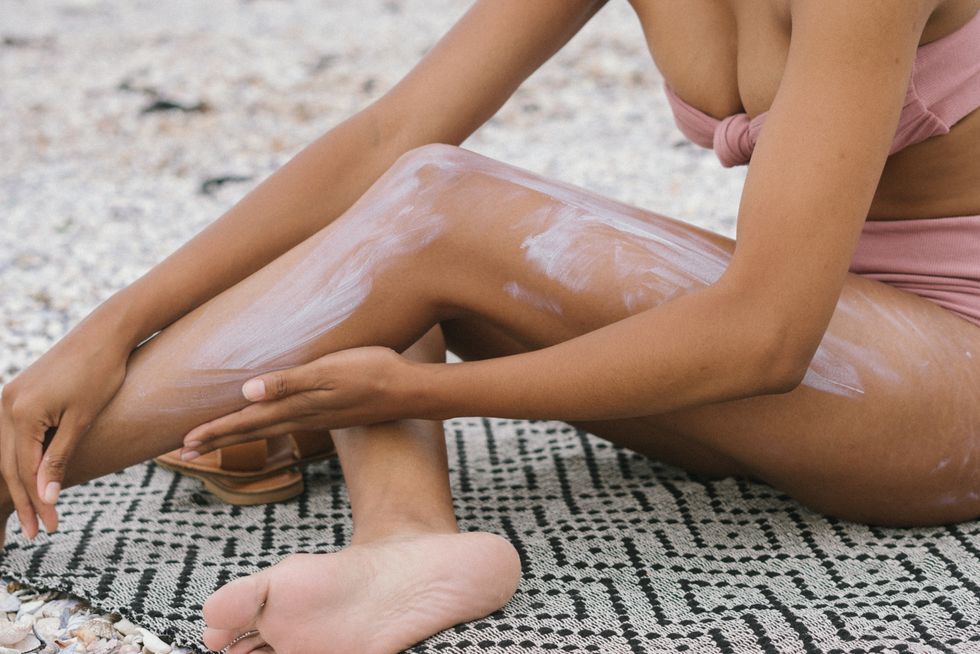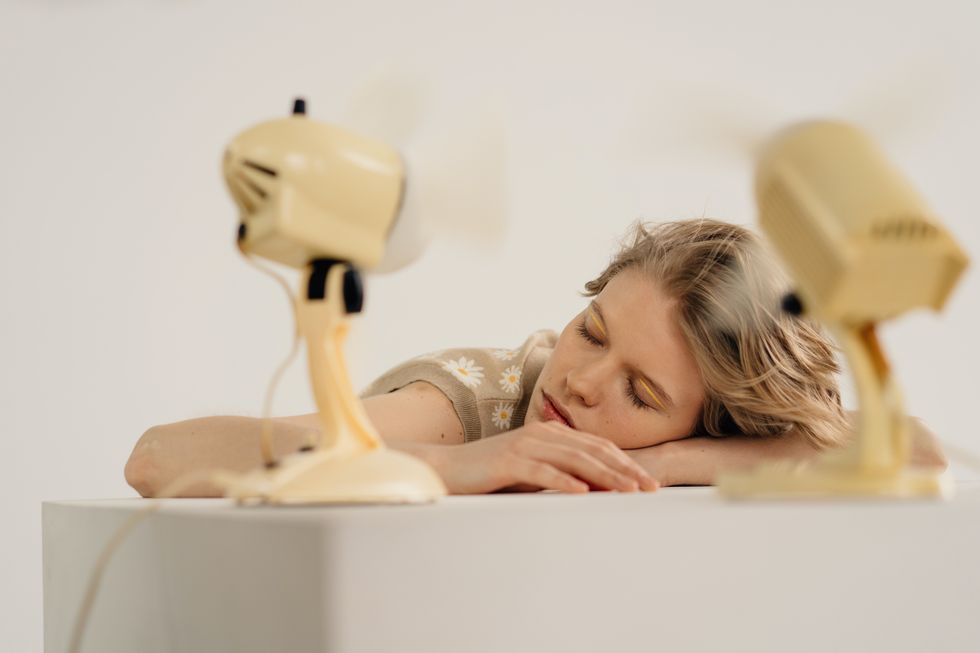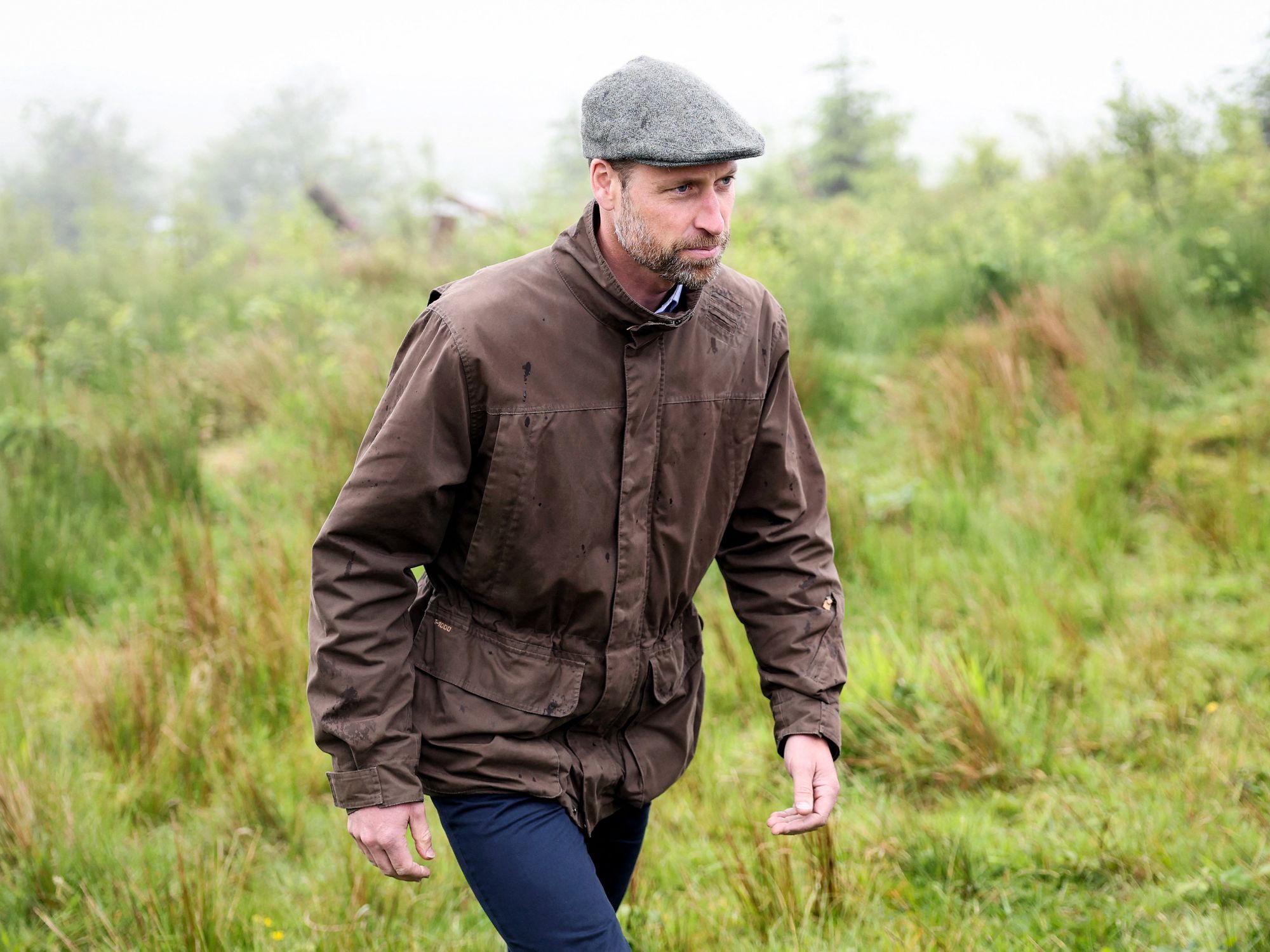The heatstroke symptom to look out for before you start sweating

Temperatures will top 30 degrees in some parts of the UK this week
Don't Miss
Most Read
Many Britons will enjoy the hot weather this week, but sunny skies come with a number of health risks.
Heatstroke and heat exhaustion are incredibly dangerous and can occur when spending too much time in the sun.
Some people might worry they have heatstroke when they feel light headed and start to sweat.
Sweating is a common symptom of heat exhaustion and a sign to get into the shade and cool down.

It is important to wear sunscreen in the hot weather
|PEXELS
Heatstroke, on the other hand, can be indicated by hot skin that is not sweatY, experts explained.
If skin becomes hot, it could be a sign to get inside or even seek medical advice.
Other symptoms of heatstroke include confusion, lack of coordination, a fast heartbeat, fast breathing or shortness of breath, or even seizures.
Superintendent pharmacist Abbas Kanani, MRPharmS of Chemist Click said: "If you think someone has heatstroke you should call 999 and then try to cool them down."
Britons can stay cool by moving inside or finding somewhere in the shade.
Making sure to drink plenty of water or a rehydration drink will also benefit those suffering.
This is also a great way to prevent heat-related illness in the first place, the expert advised.
Staying out of the sun during peak times of the day, dressing appropriately and wearing a strong sunscreen is also important.
LATEST DEVELOPMENTS

It is important to stay cool in the hot weather
|PEXELS
Mr Kanani added: "To avoid becoming unwell in the heat, prevent dehydration by drinking fluids regularly throughout the day, especially if you are physically active. You should drink enough that your pee is a pale straw colour.
"If possible, stay in the shade, particularly between 11am and 3pm when the sun is strongest and dress in lightweight, loose-fitting, light-coloured clothes, as well as sunglasses and a wide-brimmed hat.
"It is important to apply sunscreen generously and re-apply frequently, especially after activities that remove it, such as swimming or towelling.
"The NHS recommends that this should be with a sun protection factor (SPF) of at least 30, and four or five star ultraviolet A (UVA) protection."










